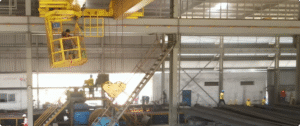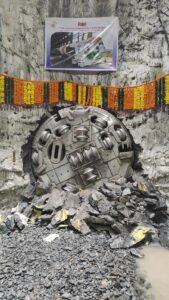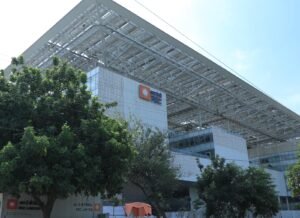Florida (World Desk): A rare and amazing sight was seen in the Florida sky on Monday morning, when SpaceX’s Falcon 9 rocket was seen producing a bright, nebula-like light while returning from space. This scene was so impressive that whoever saw it was surprised.
This scene was seen under the 32nd unmanned cargo mission (CRS-32) carried out by Elon Musk’s company SpaceX for NASA. This mission carried essential items and equipment for the International Space Station (ISS). The launch was done from Launch Complex 39A of NASA’s Kennedy Space Center and the rocket landed safely at Cape Canaveral Space Force Station, located just a few kilometers away.
The most shocking scene that came out during the rocket’s return to Earth was its “boostback burn”. When the first stage (booster) of the rocket separated from the second stage and returned to Earth, it performed a special maneuver called boostback burn. This process is done in the high layers of the atmosphere, causing the light coming out of the engine exhaust to spread in the sky. This created a colorful and cloudy glowing shape in the sky, which appeared to be a space nebula.
Photos created a stir on social media
SpaceX shared pictures of this awe-inspiring event on its X (formerly Twitter) account, which quickly went viral on social media. Although such scenes have been seen before, every time the views are different due to time, altitude and weather conditions. This time the scene was particularly attractive and rare.
Third launch in 48 hours
This launch was SpaceX’s third Falcon 9 launch in 48 hours. Earlier, two more rockets were sent into space under the Bandwagon-3 rideshare mission. This launch marked SpaceX’s 245th orbital launch from Cape Canaveral and its 300th launch overall.
The most important payload on this flight was Phoenix 1, built by German company Atmos Space Cargo. It is a small reentry capsule that will fall in the Atlantic Ocean about 2000 km off the coast of Brazil after orbiting the Earth once. This is believed to be the first reentry mission by a European company. Atmos said about its mission, “We are trying to revolutionize space logistics, so that new heights can be achieved in microgravity research, in-orbit manufacturing, defense systems, and life sciences.
For this flight, SpaceX used Falcon 9 booster numbered B1090, which was the third mission of this booster.









